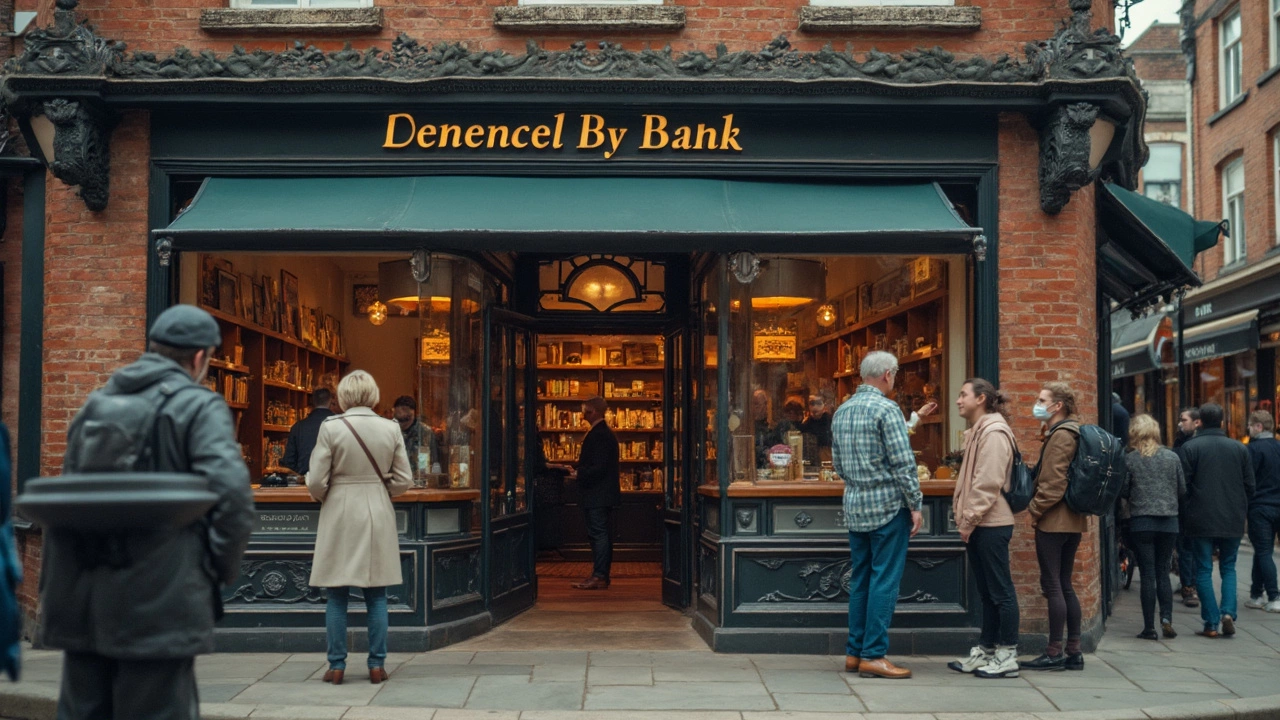CD Investment: A Simple Guide to Picking the Right Certificate of Deposit
If you want a guaranteed return without market ups and downs, a CD (certificate of deposit) can be a good fit. It’s basically a loan you give to a bank, and the bank pays you interest for a set period. The idea is simple: you lock away cash, the bank locks in a rate, and you both win.
What is a CD and Why It Matters
A CD is a low‑risk, fixed‑income product. You choose a term – anywhere from one month to five years – and the bank promises a rate for that time. Because the rate doesn’t change, you know exactly how much you’ll earn. This makes CDs useful for emergency‑fund goals, short‑term savings, or for building a safety net before moving into riskier investments.
Two things set CDs apart from a regular savings account. First, the interest rate is usually higher. Second, you pay a penalty if you pull the money out early. The penalty is often a few months’ worth of interest, so it’s worth planning your cash needs before you lock in a CD.
Tips to Find the Best CD Rate
1. Shop around. Not all banks offer the same rates. Online banks often have higher rates because they have lower overhead. Compare at least three offers before you decide.
2. Look at the APY. The Annual Percentage Yield shows the real return after compounding. A CD with a 4.00% nominal rate might have a 4.05% APY if interest compounds daily.
3. Check the term. Longer terms usually pay more, but they also lock your money for longer. If you think rates will rise, a shorter term lets you reinvest sooner.
4. Mind the minimum deposit. Some high‑yield CDs require $5,000 or more. Make sure you can meet the minimum without dipping into other savings.
5. Watch for promotional offers. Banks sometimes run limited‑time promotions with extra points or higher rates. These can be a great way to boost earnings if you can meet the conditions.
6. Consider laddering. Instead of putting all your money in one CD, split it into several CDs with different maturities. When the first one matures, you can roll it into a new CD at the current rate while keeping some cash accessible.
7. Verify FDIC insurance. Make sure the bank is FDIC‑insured up to $250,000. This protects your money if the bank fails.
8. Read the fine print. Some CDs have early‑withdrawal penalties that increase if you break the CD before a certain period. Others may have “no‑penalty” options that offer lower rates but allow you to pull out early.
9. Factor in taxes. Interest from CDs is taxable as ordinary income. If you’re in a high tax bracket, the after‑tax return might look lower than the advertised rate.
10. Plan for the end. When a CD matures, you’ll get a notice. Decide ahead of time whether you’ll roll it over, move it to a savings account, or invest elsewhere. Avoiding a forced rollover keeps you in control.
Putting these steps together helps you find a CD that matches your cash flow and savings goals. Remember, the best CD isn’t always the highest rate – it’s the one that fits your timeline, your amount, and your comfort with early‑withdrawal rules.
In short, treat a CD like a safe parking spot for money you don’t need right now. Do the homework, compare rates, and use laddering if you want flexibility. With the right choice, a CD can add a steady, risk‑free boost to your overall financial plan.
Is Now the Right Time to Invest in a CD?

Wondering whether a CD is worth your money right now? This article breaks down the pros and cons of investing in a CD today. Learn about current interest rates, potential benefits, and common pitfalls so you can make an informed decision. Discover tips for choosing the right CD and what to consider before locking in your savings. Get clear, practical advice to help you decide if a CD fits into your financial strategy.
Read More >>